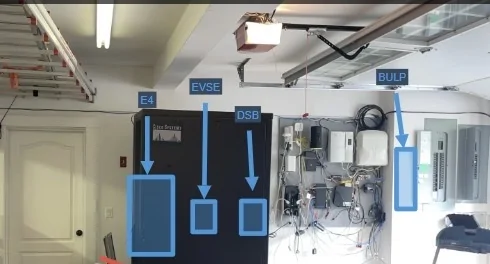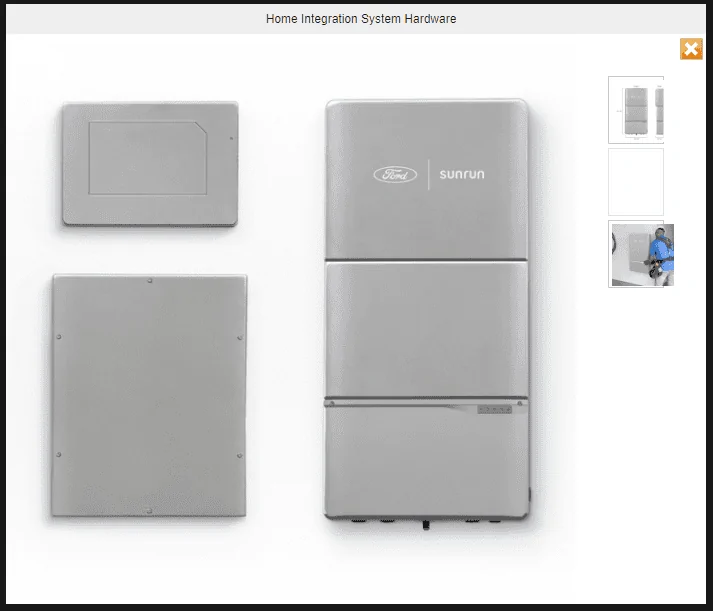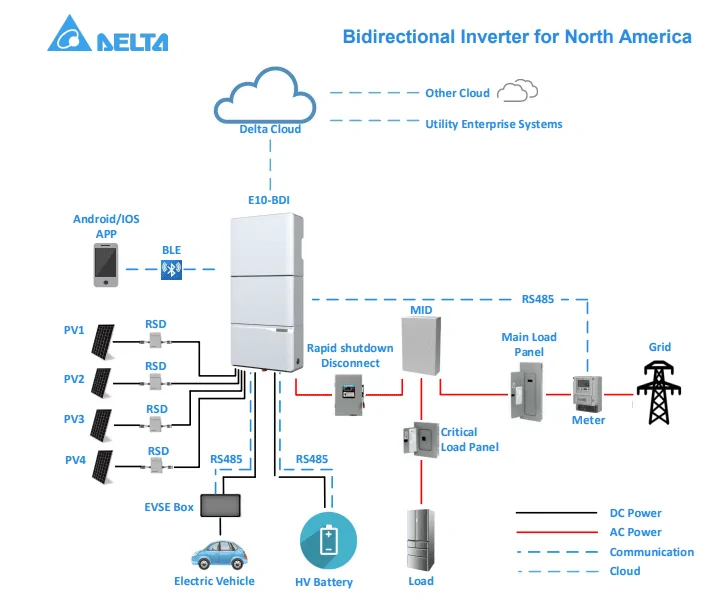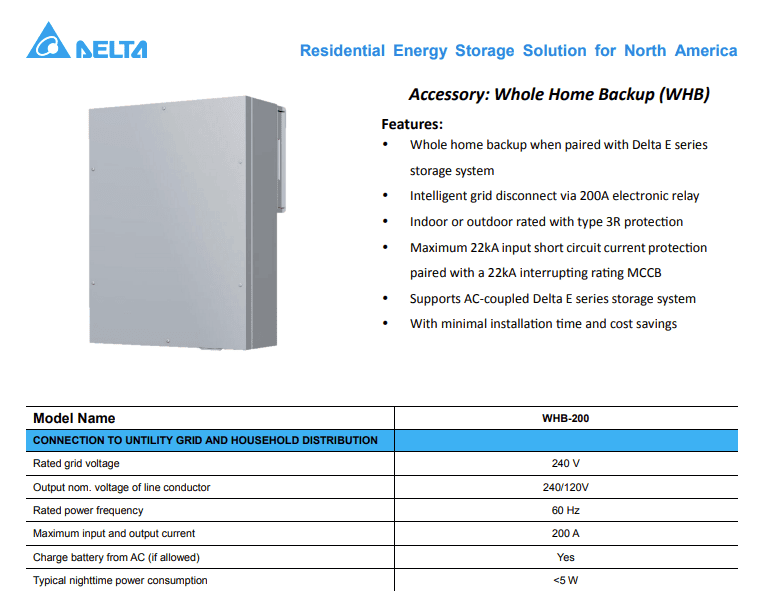FlasherZ
Well-known member
- Joined
- Mar 10, 2022
- Threads
- 9
- Messages
- 915
- Reaction score
- 1,026
- Location
- St. Louis Metro
- Vehicles
- F-150 Lightning, Tesla Model X, F250 SD diesel 6.0
The Delta HIS anticipates solar PV strings if the homeowner wants them active during grid-offline situations. Theoretically, microinverters could be connected on the AC side (the backed-up loads panel) but it remains to be seen how well they can all adjust together to load requirements in an isolated system. I'm looking forward to seeing how well that will work to offer some options.Unfortunately, string inverters are all Tesla Solar uses. If you order the HIS with solar from sunrun that is what they will use in home integration system as well. If it were not for that I might go with Tesla. I want something that will better deal with shadowing due to snow, low lying winter sun, etc. Their prices do beat everyone else though. Enphase has made it clear they are going to support Ford Lightning, Tesla I think has no intention to make Lightning a home backup success, you can't even use a generator with their system without shutting down the home grid. And the Lightning is a 9.6kW generator with a BIG electron fuel tank!
As I said upthread, it won't be a big deal here - 80%+ of solar installs here are done using string inverters because the inverter cost difference (not price, but cost) is about $3k for an 8-9 kW system, not counting wiring differences that inflate it even more. Where microinverters are used, it's because the homeowner had extra money and liked the idea of seeing how each individual panel is performing, or has unique shading issues due to building azimuth angles (e.g., one particular local homeowner has an east-facing garage roof, the attached 2-story home faces southeast at an angle. In summer, not a problem - in winter, the long shadow from the second story shades the left-most panels). Still, making up the 30 MWh cost difference with microinverters vs. string inverters will take a long, long time.
Sponsored
Last edited:





